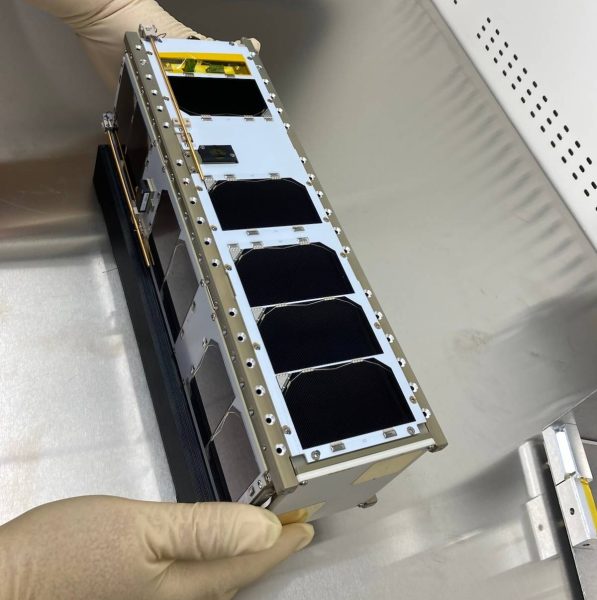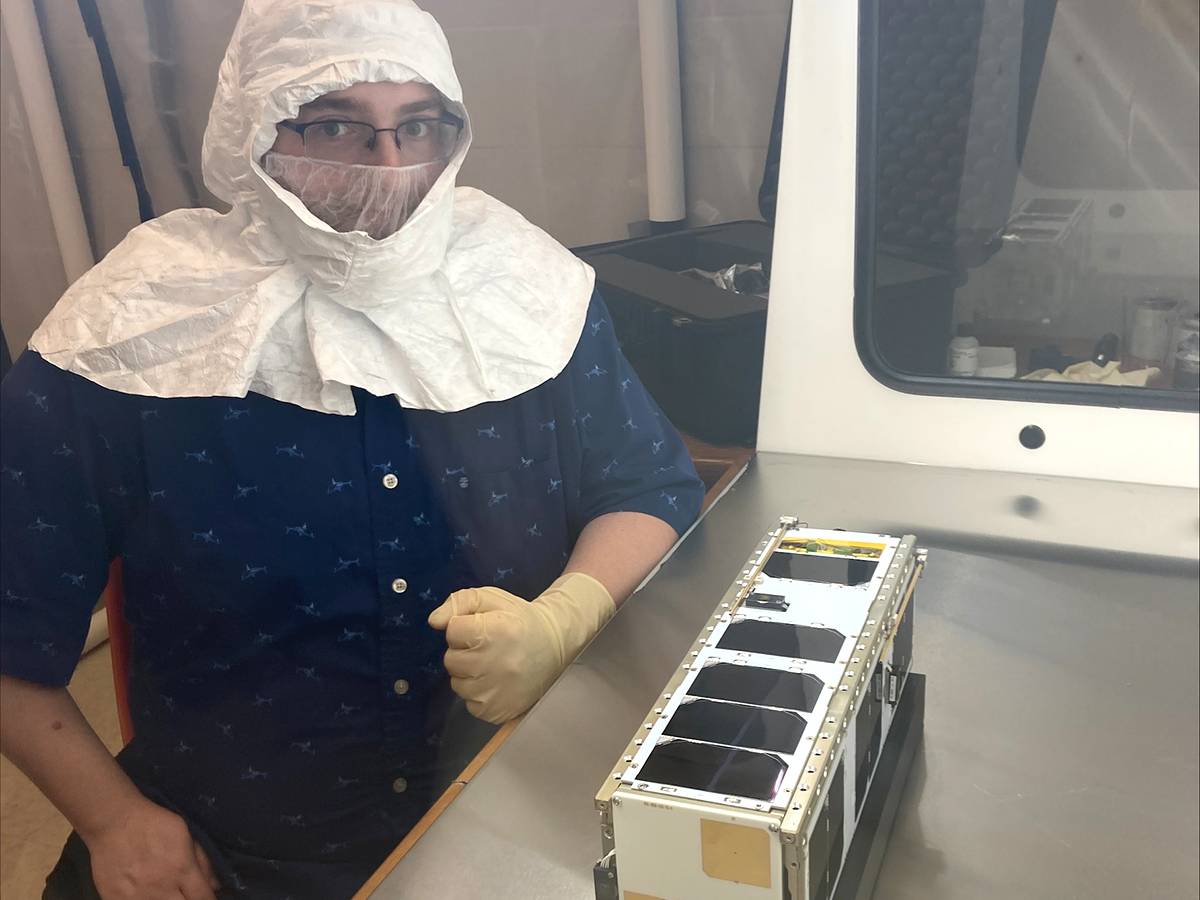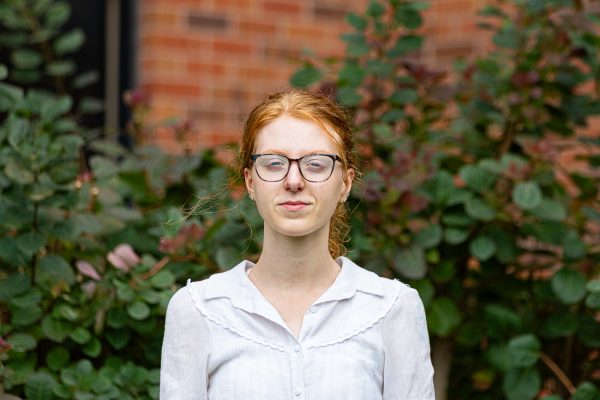A professor and a group of graduate students at Wichita State are busy in the basement of Jabara Hall, creating a device that they hope will eventually orbit the earth. They’ve been at it for nearly eight years, and in one more year, they’ll face a final major test on their journey into space.
The group thinks their work will help scientists learn more about the structure of the sun and what it looks like below the surface.
As a professor of mathematics, statistics and physics, Nickolas Solomey is leading the project and the team of five graduate students.
Jonathan Folkerts, a student on the research team pursuing his doctorate in physics and applied math, said that this project was a unique opportunity for the students to build something that will eventually be sent into space.
The team has been working with NASA to design a device that measures neutrinos, a type of subatomic particle. Specifically, they want to study solar neutrinos, particles created by nuclear fusion in the sun.
Because solar neutrinos are created this way, Solomey said, they can help scientists learn more about the processes that happen inside the sun. This gives them a rough idea of what the sun’s core — where fusion happens — looks like.
Normally, neutrinos are studied using giant sensors that are placed underground. They have to be large because there are fewer neutrinos closer to earth. But Solomey believes that a much smaller sensor, placed in a satellite and sent into space, close to the sun, could be a better solution.
When Solomey had the idea for the sensor in 2016, he got a group of graduate students together to study its potential, and sent details to NASA.
For NASA, the idea had promise; the agency gave Solomey a grant to study it further in 2017.
Solmey said NASA leaders were intrigued by his idea, and the research his team was doing seemed to show that it was viable, but there were other factors to consider, like cost.
“NASA management wanted to see, ‘Is this project really affordable or is it some future pie in the sky that’s really too expensive,’” Solomey said.
NASA engineers spent four weeks at WSU, questioning Solomey’s team on every aspect of the project and then designing the satellite that would house it.
“(The students) came up with the design of the spacecraft — that it’s this heat shield followed by an electromagnetic shield, some foil that insulates the detector, radiators, solar panels, communications, thruster jets,” Solomey said. “And they have a complete design of where everything goes and all the tanks and computers in there and how to protect it from the sun.”
The students also planned how they would launch the satellite, in a Falcon 9 rocket.
“And once we’re in space, we deploy our solar panels and we head towards the sun,” Solomey said.
But before a satellite carrying the neutrino detector can be deployed, the detector must complete a flight test. This will test if the detector can measure the movement of different particles and radiation.

It will go inside of a CubeSat, a small, rectangular satellite. NASA gave the team another $2 million to design the CubeSat and have it produced.
The test flight is scheduled for June 2025.
Earlier this month, the finished CubeSat arrived at WSU.
Until the flight test next year, the team won’t truly know if their design will work. But, Solomey said, there’s no way to know for certain what will happen on the test flight, even though they’ve run simulations accounting for every aspect of the flight.
“Simulations are great, but you should never believe a simulation,” he said.
Folkerts said the project was worthwhile no matter the outcome of the flight test. He pointed to the new type of radiation shield the team ended up inventing because nothing already in existence would work for their project.
“If we demonstrate that it works in space, we may be able to extend the life of every satellite that goes up by a significant margin,” he said. “Just because we wanted to do cool stuff in space.”




